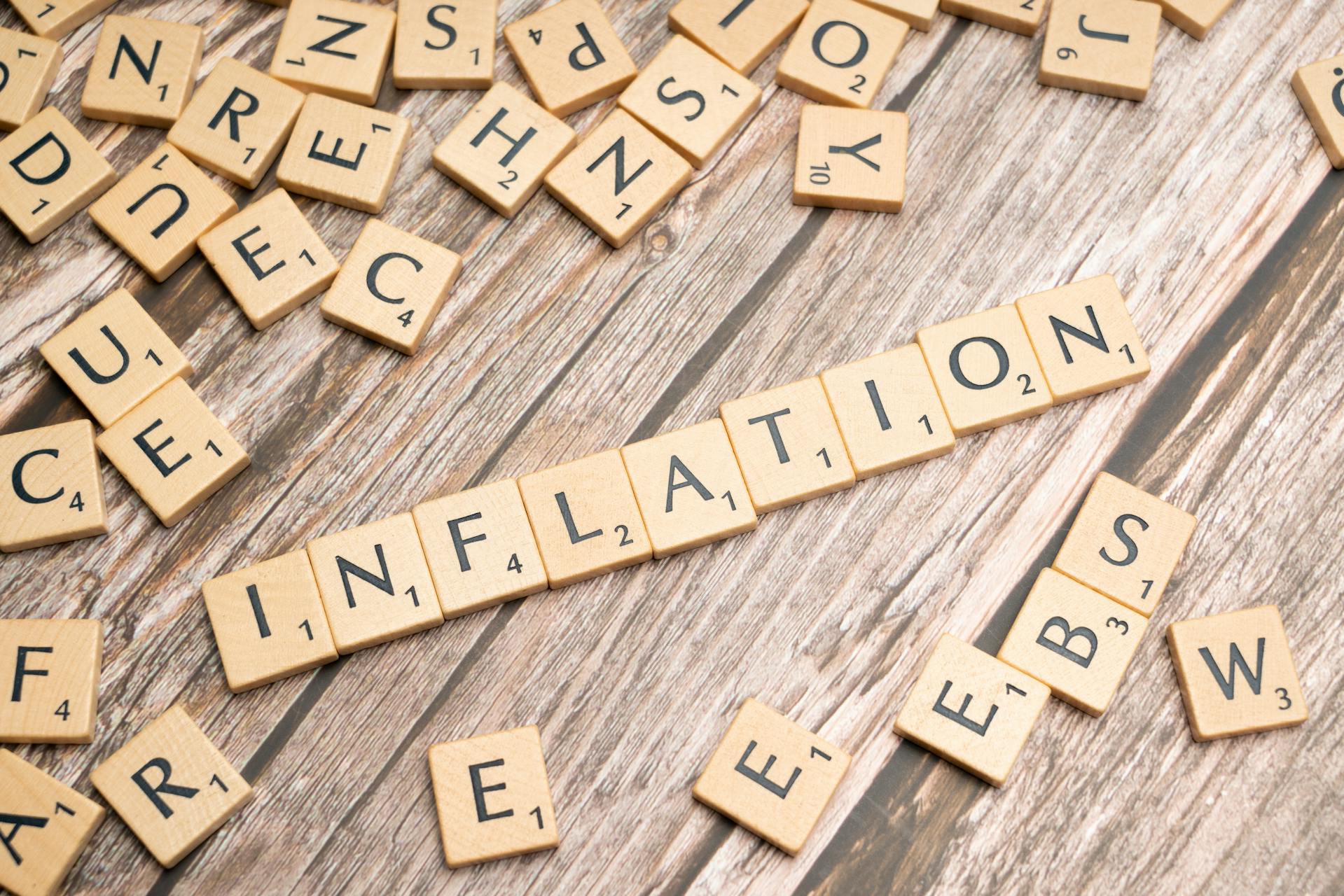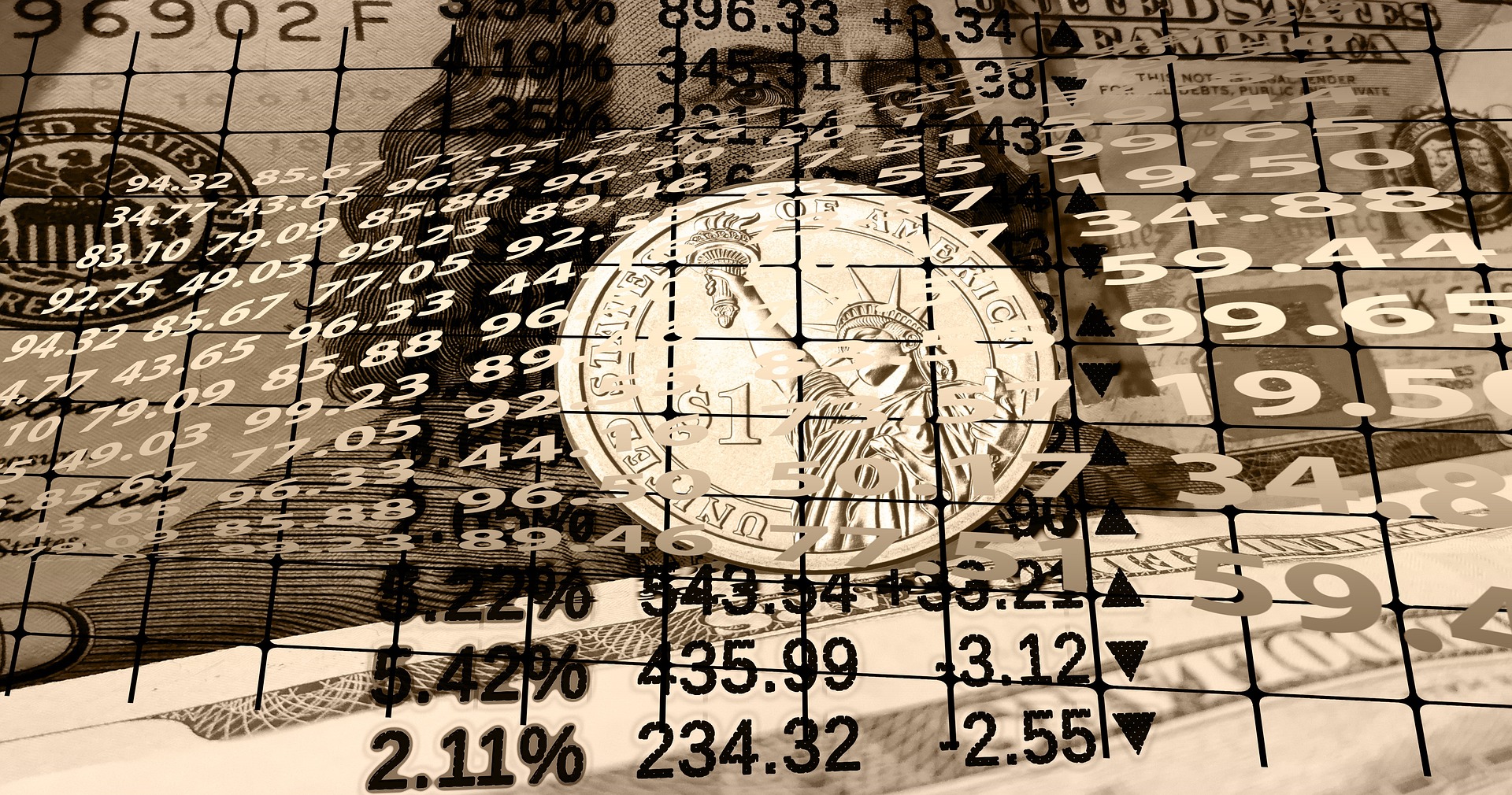In the realm of economic dynamics, stagflation emerges as a perplexing phenomenon, characterized by a confluence of sluggish economic growth and a surge in unemployment rates. This intricate scenario presents a formidable challenge to investors, necessitating astute strategies for navigation.
Stagflation, a term woven from stagnation and inflation, denotes a precarious economic state where traditional expectations falter. Economic growth, once a steady engine propelling prosperity, decelerates to a crawl, burdened by the weight of stagnation. Concurrently, the labor market witnesses an unsettling surge in unemployment figures, further compounding the economic malaise.
For investors, the onset of stagflation demands a recalibration of conventional approaches. Traditional safe havens may lose their luster in the face of rampant inflation, necessitating a pivot towards assets resilient to its erosive effects. Diversification emerges as a vital shield, dispersing risk across a spectrum of investments poised to weather the storm of stagflation.
Furthermore, astute investors recognize the potency of proactive measures in mitigating the adverse impacts of stagflation. Strategic allocation of resources towards sectors resilient to economic headwinds can bolster resilience amidst the tempest of economic uncertainty.
In essence, the enigma of stagflation underscores the imperative for investors to embrace adaptability and foresight. By discerning the nuanced contours of this economic quagmire, investors can chart a course that navigates the turbulent waters of stagflation with resilience and sagacity.
The 1970s hold a notable spot in history, particularly for economists, who vividly recall the specter of stagflation – a menacing blend of surging inflation and unemployment, capable of wreaking havoc on economies and investment portfolios.
In a curious twist of investing wisdom, significant geopolitical events such as wars or terrorist attacks, despite their gravity, are recommended to be overlooked. Markets tend to swiftly rebound from these disruptions. Instead, focus should be trained on the underlying economic drivers. Stagflation, in this regard, proves more insidious to portfolios than fleeting crises.
What Exactly is Stagflation?
Stagflation, simply put, is the marriage of stagnant economic growth and high inflation. While the effects of high inflation are glaringly evident in everyday transactions, stagnant economic growth is subtler, characterized by sluggish or declining gross domestic product (GDP) growth.
Ordinarily, these phenomena would contradict each other – high inflation typically accompanies robust economic activity and a robust labor market. However, in the clutches of stagflation, this normalcy is upended. Inflation tends to recede as economic growth slows, given the probable reduction in spending. This dual onslaught presents a conundrum for households and businesses, with incomes failing to keep pace with escalating prices.
Root Causes of Stagflation
Stagflation often stems from adverse supply-side shocks, such as sudden increases in essential commodity prices. This scenario unfolded in the 1970s when global food shortages coincided with soaring energy costs. Labor constraints can also precipitate supply shocks, curtailing output, elevating unemployment and wages, and driving up prices – a burden ultimately borne by consumers.
At times, the Federal Reserve’s policy decisions can exacerbate stagflation. For instance, a lax monetary policy, marked by interest rate reductions, coupled with stringent fiscal policies, can spur wage pressures. As demands for higher wages mount, businesses may pare down their workforce while passing inflated costs to consumers through price hikes.
The Complex Dynamics of Stagflation
During stagflationary periods, businesses grapple with stagnant growth and escalating input costs, rendering cost-cutting measures ineffectual. Consequently, layoffs proliferate, exacerbating unemployment woes, while inflation erodes household purchasing power, further dampening economic prospects.
Navigating such conditions proves daunting for policymakers, particularly the Federal Reserve, tasked with maintaining price stability and low unemployment. Yet, attempts to curb inflation, such as interest rate hikes, can inadvertently stifle spending, exacerbating unemployment – a precarious balancing act.
Is Stagflation More Severe Than a Recession?
Stagflation’s protracted nature and complex dynamics render it more pernicious than a recession. Unlike recessions, where expansionary policies can be deployed to stimulate the economy, stagflation’s dual onslaught defies conventional remedies. Moreover, stagflation compounds the adverse effects typical of recessions – job losses, income reductions, and business closures – with inflationary pressures, exacerbating economic distress.
Navigating Investments Amid Stagflation
Stagflation poses a formidable challenge for investors, impacting both stocks and bonds. While stocks historically outperform inflation, they hinge on robust economic growth—a prospect undermined by stagflation. Bonds, offering fixed interest rates, may falter in offsetting inflation’s erosion of purchasing power.
Amid such uncertainty, adhering to a diversified, long-term investment strategy remains prudent. Defensive stocks in sectors resilient to economic downturns—such as consumer staples, utilities, energy, and healthcare – offer stability amidst market turbulence. Additionally, shorter-duration bonds and Treasury inflation-protected securities (TIPS) serve as hedges against rising inflation, safeguarding investors’ portfolios.
Is the U.S. Headed for Stagflation?
Although concerns loom regarding stagflation’s resurgence in the U.S., recent trends suggest a tempered outlook. While inflation spiked in 2022, subsequent declines and favorable unemployment figures allay fears of entrenched stagflation. Despite ongoing geopolitical tensions, experts anticipate inflation easing, bolstered by monetary policy adjustments.
However, demographic shifts, regulatory burdens, and supply chain disruptions remain potential headwinds, warranting cautious optimism. As history underscores, vigilance and adaptability are paramount in navigating the complexities of economic cycles.
In Conclusion
Stagflation, with its insidious blend of stagnating growth and soaring inflation, poses a formidable challenge to investors and policymakers alike. Navigating these tumultuous waters demands a nuanced understanding of economic dynamics and prudent investment strategies. In an ever-evolving landscape, staying abreast of market trends and embracing diversification emerges as the linchpin of financial resilience.







